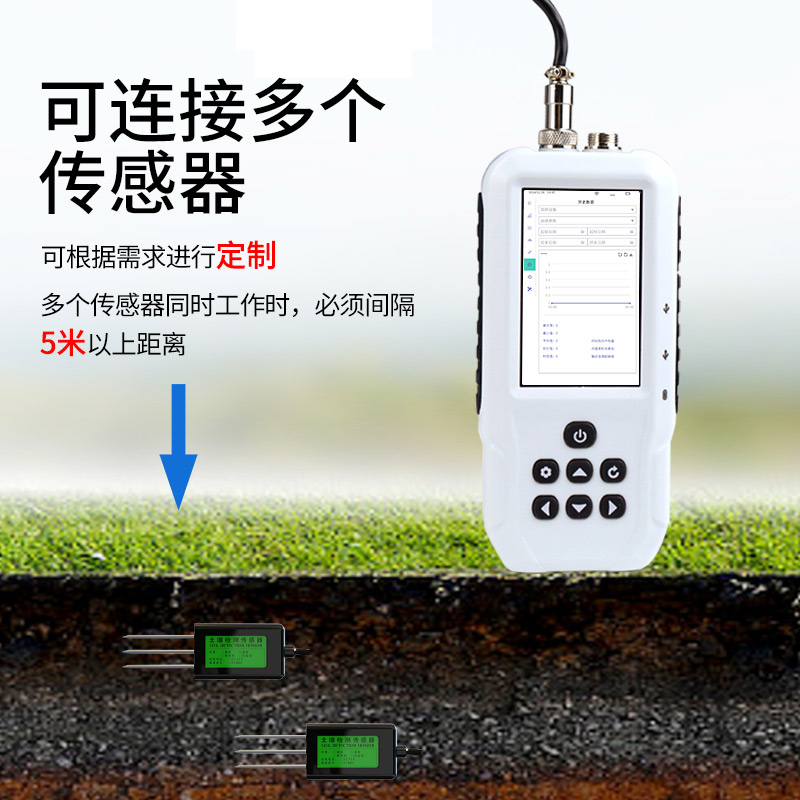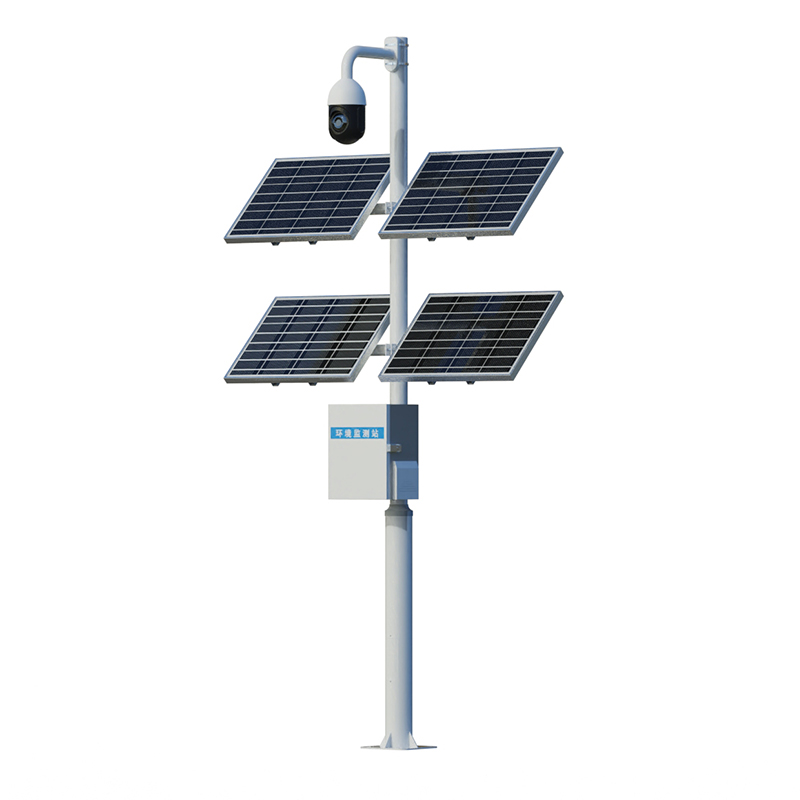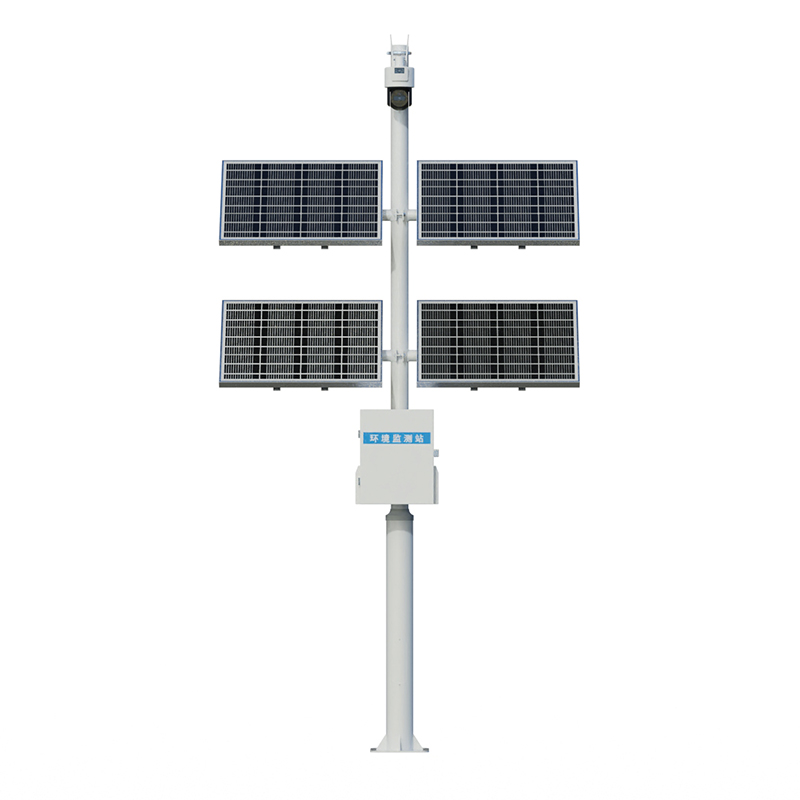Soil, as the cornerstone of the Earth's ecosystem, shoulders the mission of enabling all things to grow and is closely related to human life. Whether it is the crops thriving in the vast farmland or the lush vegetation in the forest, their growth conditions are closely linked to the quality of the soil. The key factors determining soil quality are mainly the soil temperature, humidity, salt content, and pH value. These seemingly abstract parameters actually have a comprehensive impact on the physical, chemical, and biological properties of the soil, indirectly affecting the survival and development of plants.
For example, soil temperature influences various physical, chemical, and biological processes in the soil. An appropriate soil temperature is conducive to the activities of microorganisms in the soil. Microorganisms are involved in the decomposition of organic matter and the transformation of nutrients in the soil. An inappropriate temperature will inhibit the activity of microorganisms, thereby affecting soil fertility. Moreover, soil temperature also affects the absorption of water and nutrients by plant roots. Different plants have specific requirements for soil temperature at different growth stages.
Similarly, the appropriate humidity serves as the carrier for the transportation of substances in the soil. The nutrients in the soil need to be dissolved in water before they can be absorbed by plant roots. Humidity affects soil aeration. Excessive humidity will lead to poor soil aeration and a lack of oxygen for the roots. On the other hand, being too dry is not conducive to plant growth and may even cause plants to die from water shortage.
The salt content of the soil affects the physical and chemical properties of the soil. An appropriate amount of salt can provide essential nutrient elements for plants. However, an excessively high salt content will cause soil compaction, reduce soil porosity, affect soil aeration and water permeability, and also cause physiological drought in plants, hindering plant growth.
The soil pH value reflects the acidity and alkalinity of the soil. It affects the availability of soil nutrients. Different nutrients have different solubilities at different pH values. For example, elements such as iron and manganese have high availability in acidic soils, while phosphorus has the highest availability near neutrality. The soil acidity and alkalinity also affect the community structure and activity of microorganisms.
The Soil moisture temperature salinity PH tester is an instrument that can quickly and accurately measure these key parameters of the soil. It detects the temperature, humidity, salt content, and pH value by inserting different sensors respectively. It is easy to operate. Just insert the probe of the tester into the soil, and you can quickly read the data on the display screen. Farmers can use it to understand the soil conditions, carry out reasonable irrigation and fertilization, and improve the yield and quality of crops. It can also provide important data support for the study of the soil ecosystem.
In conclusion, the Soil moisture temperature salinity PH tester is a useful tool for grasping the soil conditions, ensuring agricultural production, and promoting the research of soil science.

This paper addresses:https://fengtusz.com/industry/715.html









